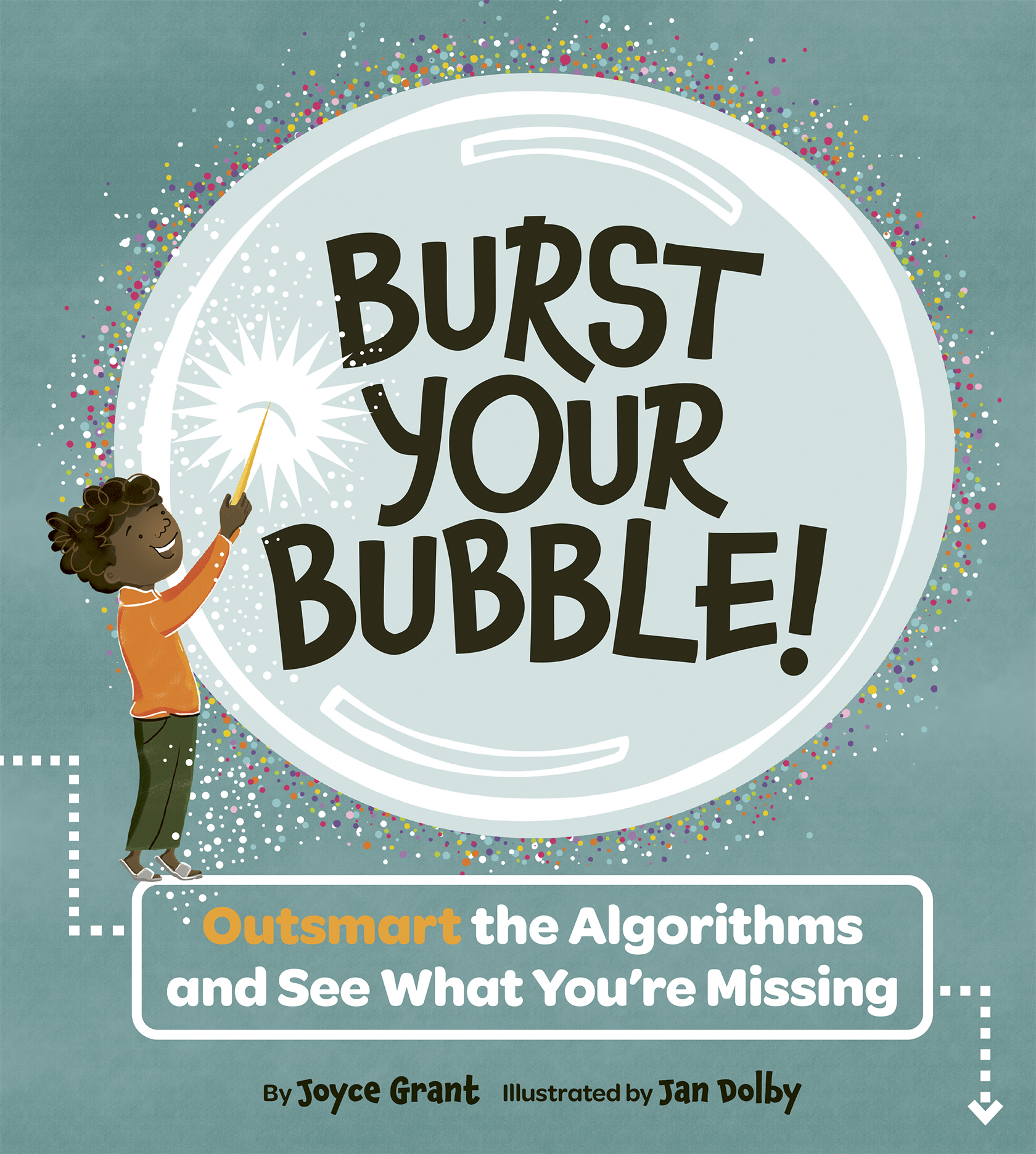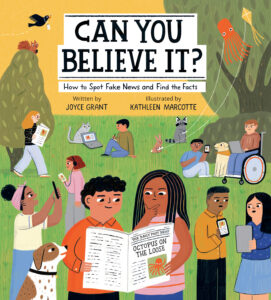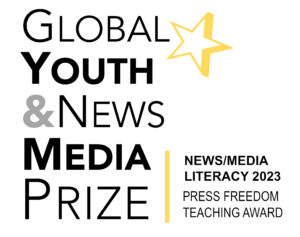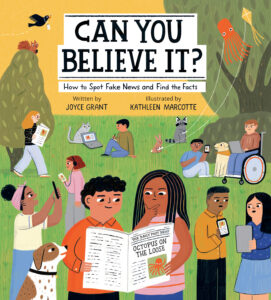Radio-Canada, the French-language branch of the CBC, announced on June 5 that it was changing its name to “ICI”.
So many people objected to the change, however, that on June 10 the president of the CBC said the broadcaster would keep the name Radio-Canada after all.
The organization uses the tagline “Ici Radio-Canada” on its TV and radio news stories. It wanted to “rebrand” itself with a name that could be used for all of its services – television, radio, satellite and website – so it planned to drop “Radio-Canada” from its name and be known simply as “ICI.”
But many Canadians were very upset about the name change. They objected to removing the word “Canada” from the name because the organization is part of Canada’s heritage, and because it is paid for with money from Canadian taxpayers.
CBC/Radio-Canada was created by the government in 1936 to be Canada’s national public broadcaster. The organization gets most of the money it needs to operate – about 60 per cent, or $1-billion a year – from the government.
Its official purpose is to provide programming that is “predominantly and distinctively Canadian,” and to “contribute to shared national consciousness and identity.”
Federal Heritage Minister James Moore, who is in charge of giving money to CBC/Radio-Canada, also opposed to new name. He said taxpayers would only be willing to pay for the broadcaster if it was Canadian in content and in name.








